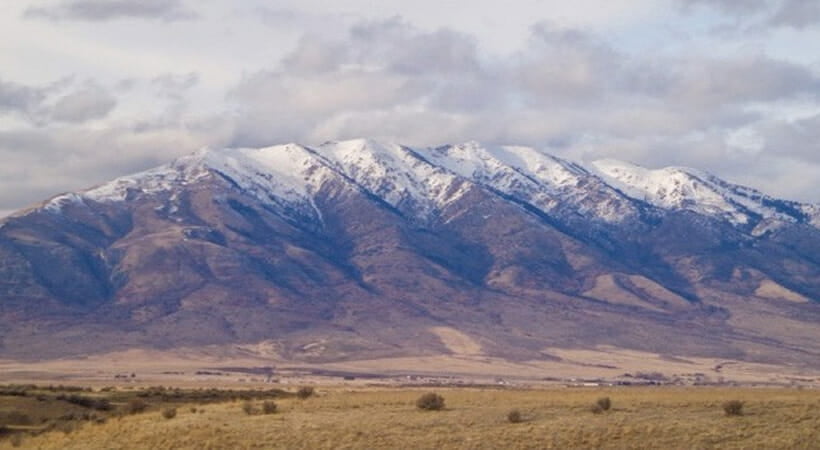The EPA’s Region 10 recommended that the state of Idaho approve the use of an Equivalent Building Dimensions (EBD) wind tunnel study and reconfirmed that EBD results are essentially source characterization studies and not subject to the very extensive requirements for an alternate model.
EBD is a wind tunnel modeling alternative to the Building Profile Input Program (BPIP), which generates building dimension inputs for the regulatory model AERMOD. BPIP merges different buildings and building tiers together to form one single rectangular building for each of 36 wind directions for each stack. However, this “merged” building may not accurately characterize the actual building downwash effects at the site.
Research by CPP’s dispersion modeling experts showed that AERMOD can significantly overpredict concentrations for buildings with widths and lengths greater than 3.5 times the building height. An analysis of the BPIP inputs to AERMOD for the Basic American Foods (BAF) facility in Blackfoot, Idaho, showed likely overpredictions for many stacks and wind directions. Accordingly, BAF commissioned CPP to conduct an EBD study to refine the building dimension inputs to the model. In accordance with the recommendation from EPA, Idaho allowed BAF to use the EBD-derived inputs to improve AERMOD’s building downwash predictions. The Blackfoot Facility has a highly complicated and irregular physical layout consisting of many processing buildings and support structures. Most buildings are between 20 and 40 feet tall, with occasional towers extending above 60 feet. The facility also has more than 80 identified emission stacks, with many significant stacks less than 50 feet high. This means the overall ratio of stack to building height at this site is shorter than other sites where EBD studies have been conducted.
The wind tunnel study confirmed that AERMOD was vastly overstating downwash effects for certain critical wind directions. In some cases, AERMOD predicted concentrations were up to 7 times higher without the EBD refinements.
The Blackfoot facility study indicates that the previously identified tendency of AERMOD to overpredict downwash using BPIP-derived inputs also applies to sites with shorter buildings and stacks. In fact, the results suggest that these overpredictions may be even more significant than for taller stacks. Because shorter buildings and stacks are common in many smaller industrial sources, AERMOD’s overpredictions may be causing significantly higher compliance costs for facilities with fewer financial resources than larger ones that more commonly conduct wind tunnel modeling for Prevention of Significant Deterioration (PSD) permitting, such as power plants.

